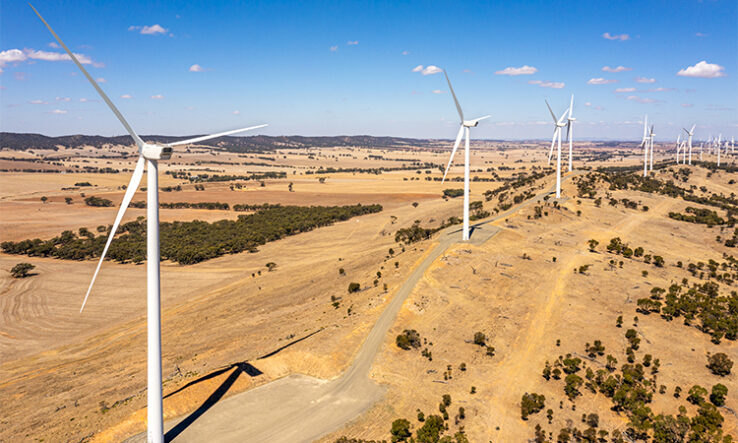
Submissions on national science priorities call for mission-style approach based on local needs and knowledge
Australia’s new science and research priorities should address the climate crisis and focus on workforce development, a government review has been told.
The Department of Industry, Science and Resources is redrawing the national priorities, with a draft statement due in June.
The Australian Academy of Technological Sciences and Engineering says the new priorities should be about “decarbonising high-emitting sectors and building Australia into a nation of technology innovators, not just users”. It is pushing for a mission-style set of priorities.
Releasing the academy’s submission on 17 April, president Katherine Woodthorpe said there should be an independent review of the research sector. The academy wants a commitment to lifting government spending on R&D to 3 per cent of GDP.
The country needs to reduce its “heavy reliance on importing engineering skills” and address a looming shortfall of 50,000 qualified engineers, she said.
“The national science and research priorities are a golden opportunity to transform Australian-made manufacturing, including medical manufacturing, clean energy, electric transportation industries and additive manufacturing, as part of a circular economy,” Woodthorpe said.
“It is critical to weave Australian science and research into the fabric of government decision-making in order to deliver social, economic and environmental benefits.”
The academy’s submission lists advanced manufacturing, minerals, agriculture, water, health, infrastructure and green energy as its preferred priorities.
Drivers of every advance
Science and Technology Australia also suggested a “challenge-based” approach in its submission. It wants the nation to “change our cultural relationship with science” and encourage more people to work in the field.
Misha Schubert, chief executive of Science and Technology Australia, which represents more than 100,000 scientists and technologists, said the new priorities would be “major national statements” that should “put science and technology front and centre in the national consciousness as the drivers of every advance on which Australian jobs, economic growth, health and wellbeing rely”.
They should include: making Australia “a clean energy and sustainability superpower” by building on existing work and resources; boosting Australians’ health and developing medical manufacturing; increasing food and water security though specifically Australian research; and increasing the uptake of new technologies such as artificial intelligence.
Needs and ambitions
The priorities were last reviewed in 2015. The department’s “conversation starter” on the priorities says that “events such as the global pandemic, accelerating climate change impacts and emerging technologies mean those priorities no longer reflect our needs or our ambitions. The current priorities and statement also do not acknowledge or recognise First Nations science and knowledge systems appropriately.”
It has asked the science and research sector to suggest the greatest challenges, opportunities and strengths, and what can be done to address them.
Chief scientist Cathy Foley is leading the review, with final priorities due in September.